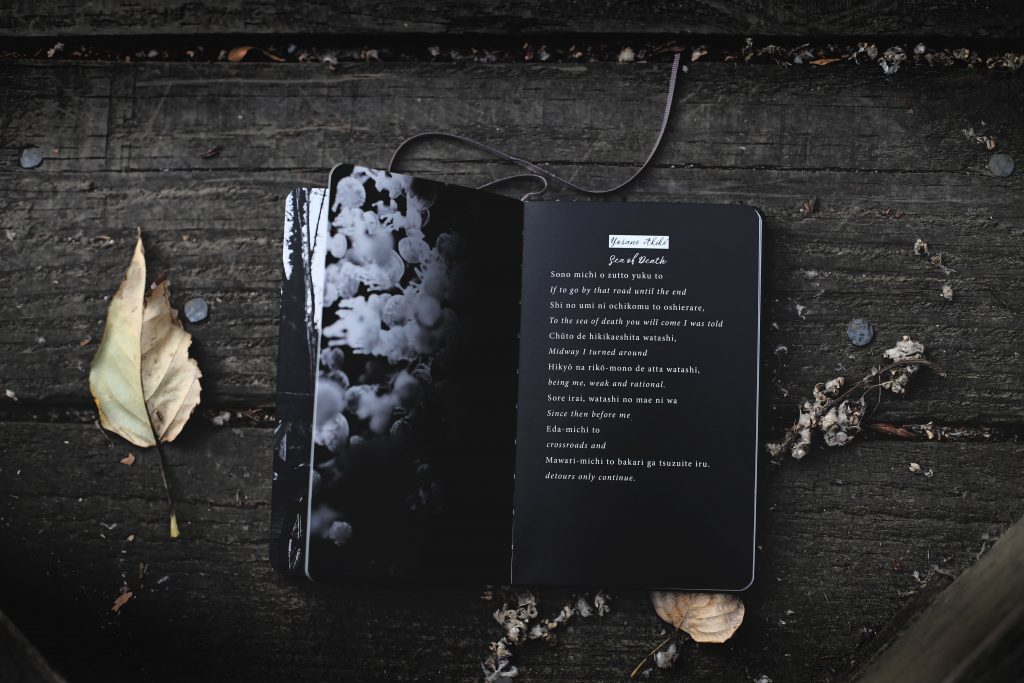How Poetry Differs?

There are as several interpretations of poetry as there are poets. William Wordsworth specified poetry as “the spontaneous overflow of effective feelings.” Emily Dickinson stated, “If I check out a book and it makes my body so cold no fire ever can heat me, I recognize that is poetry.” Dylan Thomas defined poetry in this manner: “Poetry is what makes me laugh or cry or yawn, what makes my nails sparkle, what makes me intend to do this or that or absolutely nothing.”
Poetry is a great deal of things to a lot of individuals. Homer’s epic, “The Odyssey,” defined the wanderings of the adventurer, Odysseus, and has actually been called the best tale ever before told. Throughout the English Renaissance, significant poets such as John Milton, Christopher Marlowe, as well as naturally, William Shakespeare provided us enough words to fill books, lecture halls, and also universities. Rhymes from the Enchanting period include Johann Wolfgang von Goethe’s “Faust” (1808 ), Samuel Taylor Coleridge’s “Kubla Khan” (1816 ), as well as John Keats’ “Ode on a Grecian Urn” (1819 ).
Shall we take place? Because in order to do so, we would certainly need to continue with 19th-century Japanese poetry, early Americans that include Emily Dickinson and T.S. Eliot, postmodernism, experimentalists, type versus free verse, bang, and so forth.
What Specifies Verse?
Perhaps the particular most main to the meaning of verse is its unwillingness to be defined, labeled, or pin down. Poetry is the chiseled marble of language. It is a paint-spattered canvas, yet the poet makes use of words instead of paint, and also the canvas is you. Poetic interpretations of verse kind of spiral know themselves, nevertheless, like a canine eating itself from the tail up. Allow’s get nitty. Allow’s, as a matter of fact, get gritty. We can likely make an easily accessible definition of verse by just checking out its kind and also its objective.
One of one of the most definite features of the poetic kind is the economy of language. Poets are parsimonious and also unrelentingly crucial in the method they administer words. Very carefully selecting words for conciseness as well as clearness is standard, even for writers of prose. Nevertheless, poets go well yet, considering a word’s emotive top qualities, its backstory, its music value, its double- or triple-entendres, as well as even its spatial partnership on the web page. The poet, with advancement in both word choice as well as kind, seemingly rends relevance from slim air.
One might use prose to narrate, describe, argue, or define. There are similarly numerous factors for writing poetry. But verse, unlike prose, commonly has an underlying and overarching function that exceeds the actual. Verse is evocative. It generally prompts in the viewers an extreme emotion: pleasure, sorrow, temper, catharsis, love, and so on. Poetry has the capability to stun the viewers with an “Ah-ha!” experience and to provide discovery, understanding, as well as further understanding of important truth as well as beauty. Like Keats claimed: “Elegance is truth. Reality, beauty. That is all ye understand on Earth and all ye require to understand.”
How’s that? Do we have a definition yet? Let’s sum it up similar to this: Verse is creatively making words in such a way as to stimulate extreme emotion or an “ah-ha!” experience from the reader, being economical with language as well as usually writing in a standard operating procedure. Steaming it down like that does not rather please all the nuances, the rich history, and the job that enters into picking each word, expression, metaphor, and punctuation mark to craft a composed item of verse, but it’s a beginning.
It’s hard to shackle verse with definitions. Verse is not old, sickly, as well as cerebral. Poetry is more powerful as well as fresher than you think. Poetry is imagination as well as will certainly break those chains faster than you can state “Harlem Renaissance.”
To borrow a phrase, verse is a riddle wrapped in an enigma swathed in a cardigan sweater … or something like that. An ever-evolving style, it will certainly shirk definitions every which way. That constant advancement maintains it active. Its fundamental difficulties to doing it well and its capability to access the core of feeling or discovering keep people creating it. The writers are just the very first ones to have the ah-ha minutes as they’re putting the words on the page (as well as revising them).
Rhythm and also Rhyme
If verse as a genre opposes simple summary, we can at the very least check out labels of various type of kinds. Writing in kind doesn’t just indicate that you require to pick the best words but that you need to have appropriate rhythm (suggested worried and unstressed syllables), comply with a poetry plan (alternate lines rhyme or consecutive lines rhyme), or make use of a refrain or duplicated line.
Rhythm. You might have read about writing in iambic pentameter, but do not be daunted by the jargon. Iambic simply means that there is an unstressed syllable that comes prior to a stressed one. It has a “clip-clop,” horse gallop feel. One worried and one unstressed syllable makes one “foot,” of the rhythm, or meter, and also five in a row makes up pentameter. For example, take a look at this line from Shakespeare’s “Romeo & Juliet,” which has the worried syllables bolded: “Yet, soft! What light through yonder window breaks?” Shakespeare was a master at iambic pentameter.
Rhyme system. Many set forms follow a certain pattern to their rhyming. When examining a rhyme plan, lines are classified with letters to note what ending of each rhymes with which other. Take this verse from Edgar Allen Poe’s ballad “Annabel Lee:”
It was many as well as numerous a year ago,
In a kingdom by the sea,
That a maiden there lived whom you may recognize
By the name of Annabel Lee;
And also this maiden she lived with no other thought
Than to enjoy and also be liked by me.
Poetic Types
Also young schoolchildren are familiar with poetry such as the ballad type (rotating rhyme scheme), the haiku (3 lines composed of five syllables, 7 syllables, as well as 5 syllables), and even the limerick– yes, that’s a poetic type because it has a rhythm as well as rhyme scheme. It could not be literary, but it is verse.
Blank verse poems are written in an iambic style, yet they don’t carry a rhyme plan. If you wish to try your hand at tough, complicated forms, those consist of the sonnet (Shakespeare’s bread and butter), villanelle (such as Dylan Thomas’s “Do Not Go Gentle Into That Good Night.”), and also sestina, which revolves line-ending words in a particular pattern amongst its six verses. For terza rima, look into translations of Dante Alighieri’s “The Divine Funny,” which follows this rhyme system: aba, bcb, cdc, ded in iambic pentameter.
Free verse doesn’t have any rhythm or rhyme plan, though its words still require to be created financially. Words that start as well as end lines still have specific weight, even if they don’t rhyme or have to comply with any certain metering pattern.
The more poetry you check out, the much better you’ll be able to internalize the kind and also develop within it. When the kind appears force of habit, then words will certainly stream from your creative imagination to fill it better than when you’re first learning the form.
Masters in Their Field
The list of masterful poets is long. To find what kinds you like, read a wide range of verse, including those already discussed right here. Consist of poets from around the globe and all with time, from the “Tao Te Ching” to Robert Bly and also his translations (Pablo Neruda, Rumi, as well as lots of others). Read Langston Hughes to Robert Frost. Walt Whitman to Maya Angelou. Sappho to Oscar Wilde. The listing goes on and on. With poets of all citizenships and backgrounds producing work today, your study never actually needs to finish, especially when you discover someone’s job that sends out power up your back.

